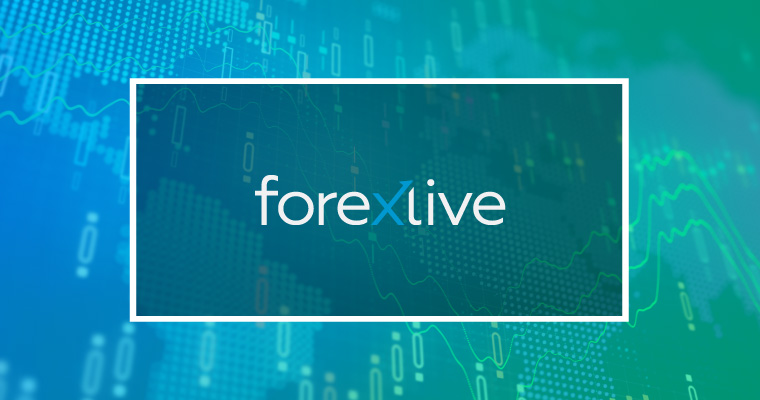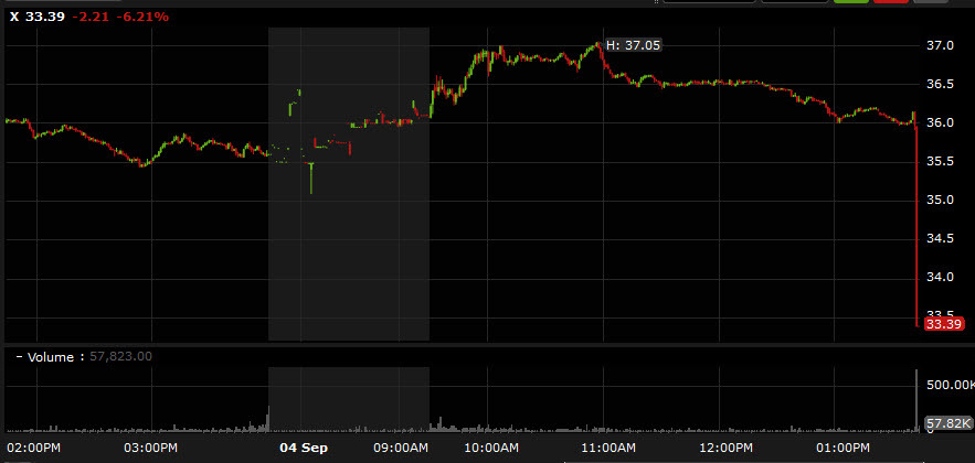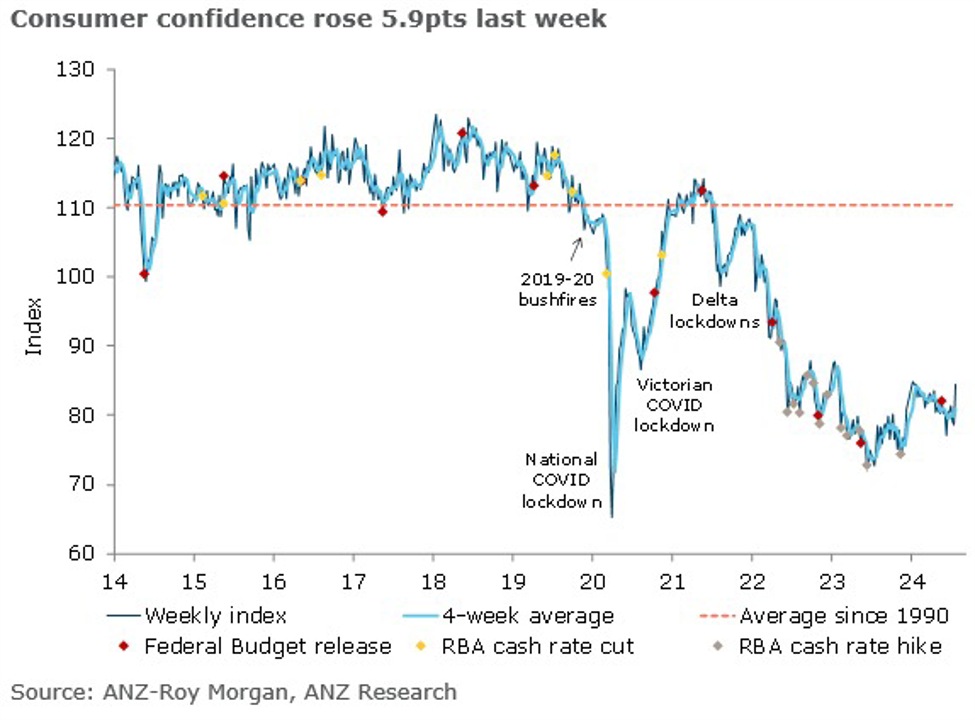- Mon: Chinese language NBS & Composite PMIs (Sep), Caixin PMIs (Sep), Japanese Retail Gross sales (Aug), German Retail Gross sales (Jun), UK GDP (Q2), Swiss KOF (Sep), German Flash CPI (Sep), UK Mortgage Approvals/Lending (Aug), US Dallas Fed Index (Sep), New Zealand NZIER (Q3) ; Canada Vacation.
- Tue: Riksbank Minutes, EZ/UK/US Closing Manufacturing PMI (Sep), EZ Flash CPI (Sep), US ISM Manufacturing PMI (Sep), US JOLTS (Aug), Mainland China and Hong Kong market vacation.
- Wed: NBP Announcement, US ADP Nationwide Employment (Sep), EZ Unemployment Price (Sep), Mainland China market vacation.
- Thu: Swiss CPI (Sep), EZ/UK/US Closing Companies and Composite PMIs (Sep), US Sturdy Items R (Aug), US ISM Companies PMI (Sep), Mainland China and South Korea market holidays
- Fri: US Jobs Report (Sep), Mainland China market holidays
Chinese language PMIS (Mon):
The NBS and Caixin PMIs might be launched on the identical day, with the NBS manufacturing forecast to tick larger to 49.5 (prev. 49.1) however stay in contraction territory, while the Caixin Manufacturing is anticipated to tick larger to 50.5 (prev. 50.4). The information might be keenly watched for a prognosis of the Chinese language economic system, with the discharge additionally coming in mild of the bazooka stimulus introduced by the PBoC governor on Tuesday. The stimulus announcement got here after a string of regarding Chinese language metrics which total underscored weak home demand. Analysts at ING look “for a slight restoration of the official manufacturing PMI to 49.3 from 49.1.” Word, that Chinese language markets might be closed from Tuesday for the remainder of the week as a result of Golden Week Vacation.
Riksbank Minutes (Tue):
As anticipated, the Riksbank minimize its coverage charge by 25bps to three.25% (prev. 3.50%); the kicker on the assembly was that the coverage charge could also be minimize on the two remaining conferences this 12 months, with a risk of a bigger 50bps minimize at a type of conferences; additional out, the trail additionally “signifies that one or two additional cuts could also be made in the course of the first half of 2025”. This was a dovish shift to the earlier verbal steerage, which pointed in the direction of a coverage charge of two.75% by year-end. As such, EUR/SEK instantly spiked larger, however this proved fleeting; probably as a result of this steerage is pretty in-fitting with SEB analyst expectations. ING presents different causes for the unreactive SEK, noting that the Riksbank’s openness to a 50bps minimize may suggest that the Swedish economic system is on monitor to outperform the Eurozone; the financial institution provides that exterior components such because the jumbo 50bps minimize on the Fed can also be extra “accommodative” for the SEK. Having a look on the Riksbank financial forecasts for 2025; it notably lowered CPI, marginally lowered CPIF, raised GDP and Unemployment barely. Within the post-policy announcement, Riksbank Governor Thedeen didn’t decide to favouring between a 25 or 50bps minimize for the remaining two conferences; he famous that no single issue will resolve the magnitude, however famous the primary situation might be 25bps at each conferences. Going ahead, SEB has reiterated its view that the Riksbank will go for a 50bps minimize in November and a 25bps minimize in December, taking the coverage charge to 2.50% by year-end. Subsequent week will see the discharge of the Riksbank Minutes, whereby the main focus will lie on whether or not or not a bigger 50bps discount was mentioned at the latest gathering, and what specifically officers are looking for to go for a minimize of a bigger magnitude.
EZ Flash CPI (Tue):
Consensus (taken earlier than French and Spanish inflation metrics) appeared for headline Y/Y CPI to say no to 2.0% from 2.2%, core to pullback to 2.7% from 2.8% and super-core to carry regular at 2.8%. Word, if the headline prints at 2.0%, will probably be at goal for the ECB for the primary time since June 2021. As a reminder, the August launch noticed a pullback within the headline print from 2.6% to 2.2% on account of vitality inflation, while core inflation was dragged a contact decrease by items inflation and providers inflation ticked larger to 4.2% from 4.0% as a result of French Olympics. Forward of the discharge, regional metrics from France and Spain got here in notably decrease than anticipated with the previous slipping to 1.2% Y/Y from 1.8% and the latter printing at 1.5% vs. prev. 2.3%. As such, Capital Economics argues that the consensus is now successfully stale and headline EZ-wide inflation ought to “present a pointy decline to beneath the two% goal”. From a core perspective, the consultancy notes that core inflation can also be more likely to have edged down. Nonetheless, of their view, this could not come as a “large shock” to the ECB and due to this fact on steadiness, they anticipate an unchanged charge in October. Market pricing disagrees with Refinitiv information indicating a circa 90% likelihood of a 25bps discount subsequent month. It’s price noting that latest supply reporting by way of Reuters steered that (opposite to commentary within the wake of the September assembly) that the October assembly is “wide-open” given latest information factors. Nonetheless, we’re but to see a lot in the best way of rhetoric from policymakers backing such a transfer.
US ISM Manufacturing PMI (Tue):
The consensus appears for the ISM manufacturing survey to print 47.3 in September, little modified vs the 47.2 in August. As a comparability, S&P International’s flash information for the month confirmed the manufacturing output index at a two-month excessive (48.9 vs the prior 48.2), and the manufacturing PMI itself falling to a 15-month low (47.0 vs a previous 47.9), with the “stable” enlargement of the service sector contrasting with the decline in manufacturing output, and signalling a deterioration in enterprise circumstances inside the goods-producing sector for a 3rd successive month. “The biggest damaging contribution to the PMI got here from new orders, which fell on the quickest charge since December 2022, adopted by employment, which fell at a tempo not seen since June 2020.,” the report stated, “provider efficiency additionally detracted from the PMI, with supply occasions shortening to a level not witnessed since February, indicating spare provide chain capability).” S&P added that manufacturing acted as a drag on the PMI, although the decline moderated in comparison with August, whereas inventories had been unchanged.
Japanese Tankan Survey (Tue):
Massive Producers Index for Q3 is forecast at 13 (prev. 13), whereas the big non-manufacturers index is seen ticking decrease to 32 (prev. 33), and the big business Capex for Q3 is seen rising to 11.9% (over. 11.1%). Desks anticipate the services-led restoration to hold on amid cooling inflation and robust wage progress. Industrial manufacturing in the meantime is seen as considerably flat with Toyota manufacturing solely regularly recovering. “The Financial institution of Japan is more likely to downplay the weak IP outcomes, but when the Tankan survey describes optimistic enterprise sentiment, it ought to assist the BoJ’s coverage normalisation as early as December”, says ING.
OPEC+ JMMC (Wed):
No suggestions are anticipated to be put forth by the JMMC, which isn’t the decision-making physique for OPEC+ coverage. OPEC+ will doubtless be extra centered on addressing overproduction by some nations. Latest sources steered OPEC+ is poised to go forward with a December oil output enhance as its impression might be minimal if there’s a plan for some members to make bigger cuts to compensate for overproduction. Russian Deputy PM Novak additionally just lately steered that there have been no modifications to the group’s plans to return a few of the phased-out manufacturing in December. Word, that the FT reported that Saudi Arabia is reportedly ready to desert its unofficial USD 100/bbl crude goal to regain market share, though this report was met with scepticism by OPEC watchers and subsequently denied by a number of sources. “Neither Saudi Arabia nor the broader OPEC+ group have any particular goal for oil costs, and no member of the producers’ alliance is about to desert output self-discipline in favour of chasing market share”, a number of OPEC+ sources have instructed Argus.
US ISM Companies PMI (Thu):
Expectations are for the Companies PMI to rise a contact to 51.7 in September from 51.5 in August. As a comparability, S&P International’s flash PMI report for September confirmed US providers enterprise exercise at a two-month low of 55.4 (vs 55.7 prior). S&P stated that inflows of latest work within the service sector rose at a charge simply shy of August’s 27-month excessive, whereas new export orders for providers rose at an elevated charge. Backlogs of orders consequently rose barely at service suppliers, hinting at a scarcity of spare capability. Nonetheless, the survey compiler additionally famous that optimism about output within the 12 months forward deteriorated sharply, the survey’s future output index falling to its lowest since October 2022, and the second lowest seen for the reason that pandemic; “the deterioration in confidence was led by the service sector amid issues over the outlook for the economic system and demand, typically linked to uncertainty concerning the Presidential Election,” it stated.
US Jobs Report (Fri):
The consensus appears for 145k nonfarm payrolls to be added to the US economic system in September (vs 142k in August), with the unemployment charge seen unchanged at 4.2% (NOTE: the FOMC’s September projections see the jobless charge rising to 4.4% by the tip of this 12 months). Common hourly earnings are seen rising 0.3% M/M (prev. 0.4%), and common workweek hours are seen unchanged at 34.3hrs. Capital Economics says that though the job good points stay optimistic, they mirror a slowdown in comparison with latest years, including that hiring expectations are lowering, suggesting that payroll progress could common round 100k month for the rest of the 12 months. Shopper confidence in job safety can also be declining, with the Convention Board’s survey highlighting dangers that the unemployment charge may rise to five% later this 12 months. CapEco says that given the cooling labour market, if payroll information continues to underperform, the Fed would possibly take into account an extra 50bps charge minimize in November, following its 50bps discount in September. As this observe goes to print, cash market expectations are cut up close to a 25bps or 50bps minimize in November.
This text initially appeared on Newsquawk.





